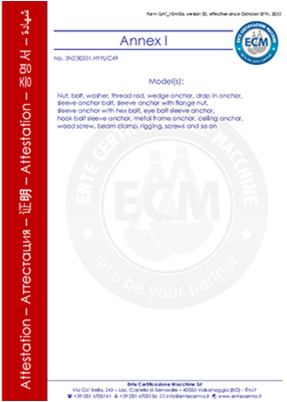Nov . 01, 2024 10:41 Back to list
Exploring the Importance and Applications of Hexagon Nuts in Engineering and Construction
Understanding DIN 934 The Metric Hex Nut Standard
In the world of engineering and manufacturing, standards play a crucial role in ensuring compatibility, safety, and quality. One such standard is DIN 934, which provides specifications for hex nuts, particularly those with metric dimensions. This article aims to delve into the significance of DIN 934, its specifications, applications, and the benefits it offers to industries worldwide.
DIN, or Deutsches Institut für Normung, is the German Institute for Standardization. Established in 1917, it has laid down numerous standards that have become benchmarks not only in Germany but globally. The DIN 934 standard specifically pertains to hex nuts, which are fasteners featuring a hexagonal shape, designed to be used with bolts or screws. These nuts are essential components in various assemblies, providing a means to secure parts together.
Understanding DIN 934 The Metric Hex Nut Standard
One of the significant aspects of DIN 934 is its emphasis on metric measurements. This standard aligns with the global trend of adopting metric systems, thereby facilitating international trade and improving interoperability between different manufacturing processes. It allows engineers and manufacturers to create products and components that are easily assembled, repaired, or modified, irrespective of geographical boundaries.
din934

DIN 934 hex nuts find their application across diverse industries. In the automotive sector, for instance, they are used to secure components such as the engine and chassis. In construction, these nuts are vital for holding structural elements together, ensuring the stability and safety of buildings and bridges. Furthermore, the aerospace industry relies on DIN 934 standards for fastening components in aircraft, where reliability and safety are paramount.
The advantages of adhering to the DIN 934 standard cannot be overstated. Firstly, using standardized components such as hex nuts provides manufacturers with a reliable basis for production. They can achieve consistency in quality and performance, minimizing discrepancies that can arise from using non-standard or inferior materials. Secondly, it fosters an environment of compatibility, where components from different suppliers fit together seamlessly, thus enhancing collaboration and efficiency.
Moreover, compliance with DIN 934 allows companies to adhere to international quality standards, which can be a critical factor when bidding for contracts or entering new markets. It enhances a company's reputation, assuring clients and partners of the quality and reliability of their products.
In conclusion, DIN 934 serves as a vital standard in the realm of fasteners, specifically hex nuts. By providing clear specifications and promoting the use of metric measurements, it plays an essential role in various industries. As globalization continues to shape the manufacturing landscape, adherence to such standards will be pivotal in fostering innovation, ensuring safety, and enhancing collaboration across borders. As a result, DIN 934 remains a cornerstone in the pursuit of quality and efficiency in engineering practices worldwide.


